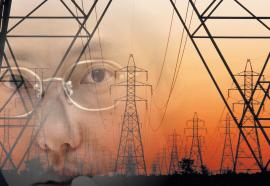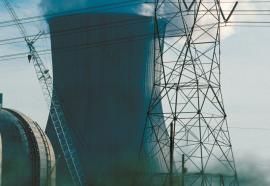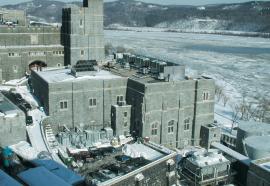Rising Unit Costs & Credit Quality: Warning Signals
With increasing unit costs, the financial prospects and credit outlook for many utilities will depend on their success in passing along such costs to consumers.
The utility sector still has excellent access to the capital and credit markets. Yet, it is never safe to assume utilities will continue to enjoy the same low costs of capital. This is particularly true for companies facing compressed margins, regulatory deferrals or disallowances, and rising debt leverage.









